Wool is a natural, organic insulation material that people use. And the "suppliers" are various animals.
What is wool fur?
Wool is the animal's hair covering, consisting of coarse thick hair and downy thin hair. Coarse hair is designed to perform a protective function and create volume, determine the appearance, and thin downy hair maintains body temperature. Thanks to the air layer created by wool, the animal does not freeze or overheat.
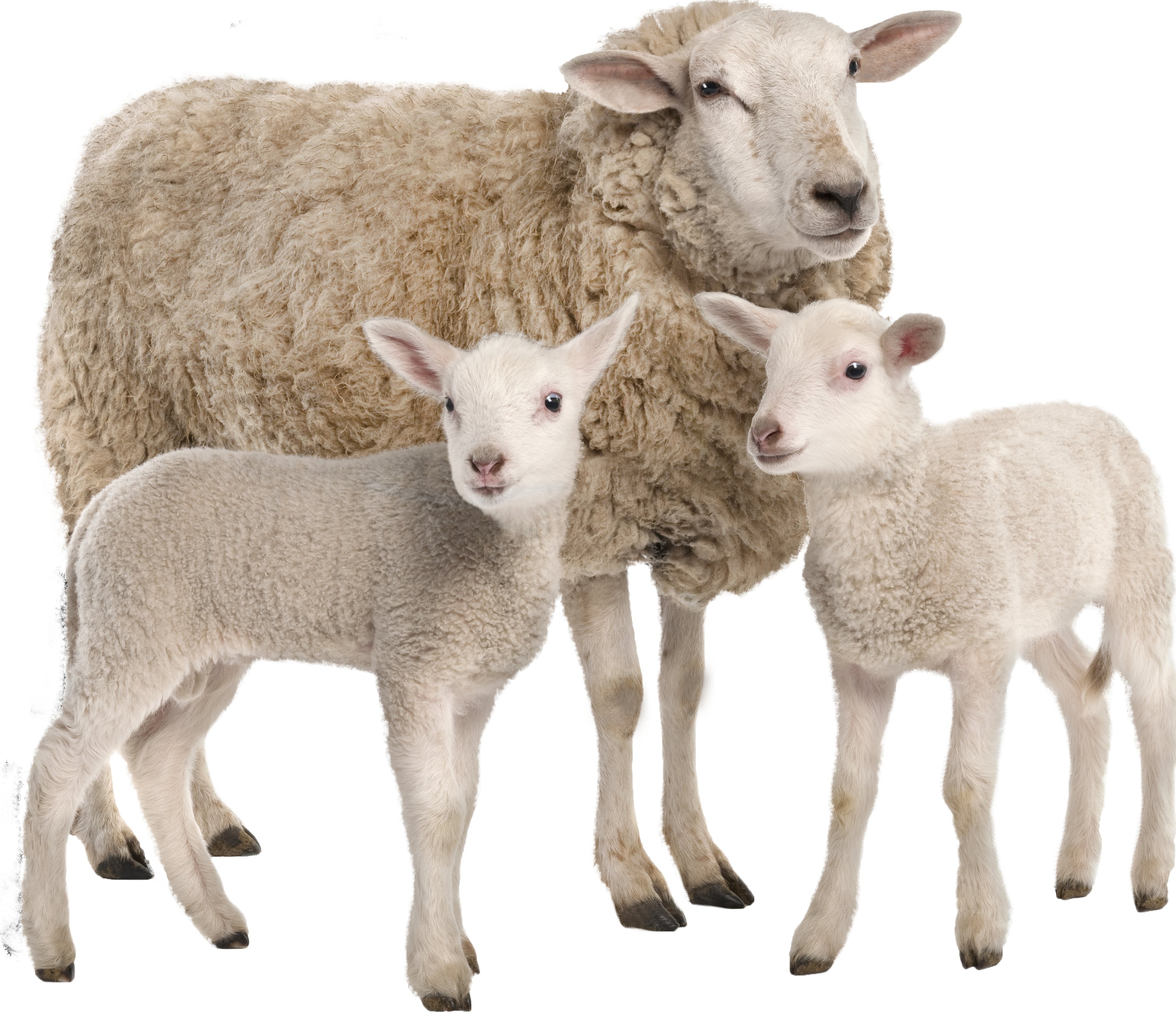
Similar to human hair, it contains a special protein called keratin. The base is located in the follicle, which is located in the deep layer of the skin called the dermis. The difference is that in humans, one hair grows from each follicle, while in animals, two grow: down and guard hair.

The evolutionary origin of wool
Genetic studies claim that fur appeared in animals more than 300 million years ago in the common ancestor of mammals - lizards and birds. In the DNA of modern lizards and chickens, scientists have discovered a gene responsible for the appearance of hair in humans. The first representatives of mammals, which appeared about 160 million years ago, had a beautiful "fur coat" due to an evolutionary change in keratin, which is the main component of hair.
The answer to the question of what wool is is the following: it is the evolutionary transformation of keratin from the claws of birds and lizards into wool.
Note! In mammals that lead an underground or underwater lifestyle, fur gradually disappeared. The distant ancestors of man lost the covering for more effective heat transfer, which confirms the ability of man to sweat. But many animals retained their fur.
Features of different species of mammals
The animal's coat depends on genetics and species. Depending on the composition, the following types are distinguished:
- naked breeds of animals - naked breeds of dogs and cats, the most famous among cats is the "naked" sphinx;
- animals with double fur - brown bear, squirrel;
- animals without undercoat - deer, wild boars.
Unfortunately, animals with thick fur suffer from lice, which are permanent parasites of mammals.
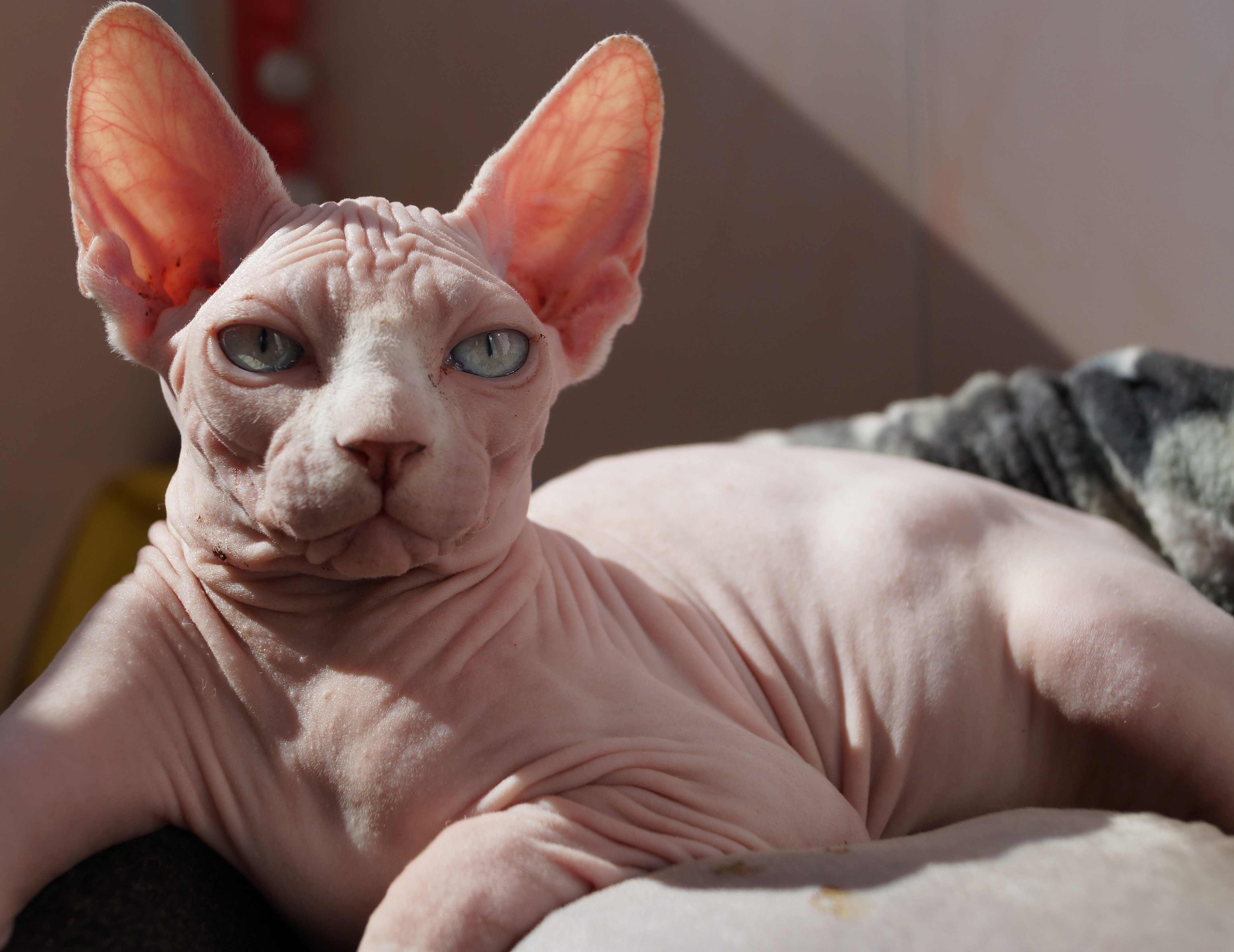
A little history about the use of animal wool
Our distant ancestors knew that wool is an excellent protection against the cold. But initially, the entire technology of using animal wool consisted of skinning them. It was the skin removed from an animal killed during a hunt, together with the wool, that made up the clothing of ancient man.
As a result of the domestication of wild animals and the development of cattle breeding, new skills emerged - to make warm clothing, they began to use not only animal skins, but also animal wool.
Note! Mostly sheep, camel and goat. It was sheared or combed and spun into yarn - long threads of intertwined hair. These threads also retained heat, like animal skins.
The technology of yarn production is simple - a spindle and a spindle. It was with them that modern industry began. Archaeological excavations indicate the use of wool in the manufacture of clothing more than 1500 years BC. A lot of evidence has been found in the territory of modern Italy, so it is safe to say that ancient Roman citizens enjoyed wearing woolen tunics.
Wool became a profitable trade item, and the economies of many countries depended on it. Great Britain gradually became one of the leading countries in the production and export of woolen cloth.
Since the invention of the method of washing woolen products, they have been in deserved high demand.
Its use as insulation for leather boots and suede shoes is very popular.
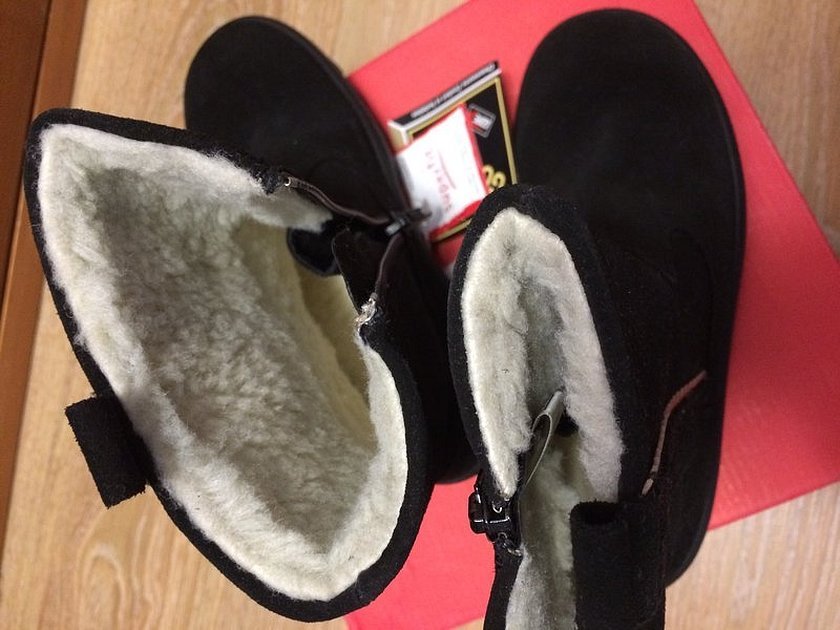
Composition and structure
Wool fibers are horny changes in the skin. What does wool look like under high magnification?
Fiber structure:
- The outer layer is protective. The direction and size of the scales determine the shine and ability to roll.
- The middle layer forms the body of the hair.
- The central part of the fiber, its basis, consists of cells filled with air.

Depending on the quantitative ratio of individual layers, wool fibers are divided into several types:
- down - soft, twisted fiber;
- transitional - harder, thicker than down, the core layer is partially present;
- awn - a thick fiber with a core layer;
- dead - thick fiber, coarse and brittle, the core occupies the main part.
Natural wool has the following properties:
- low thermal conductivity, excellent heat retention;
- strength and wear resistance;
- hygroscopicity;
- dirt resistance;
- wrinkle resistance.
Types of wool products, their use
According to the method of production, wool is divided into the following types:
- natural - sheared from animals (sheep, goat), combed (camel, dog, goat and rabbit down) or collected during the animal's molt;
- factory-made - taken from the skin of an animal during production;
- reconstituted - obtained by plucking scraps and scraps of yarn.
The most valued is natural, it is from it that the best products are made, in terms of its qualities it is much superior to reconstituted.
According to the composition, the material is of two types: woolen and semi-woolen.
Important information! Pure wool fabric is considered to be a material that contains no more than 10% of other fibers. These can be natural ones - cotton, linen or silk, or artificial ones - viscose, nylon.
According to the method of fabric production, the material is divided into the following types:
- worsted: made from semi-fine and semi-coarse twisted yarn, the best material for suits and dresses;
- fine cloth: made of fine machine-made yarn, for coats;
- coarse cloth: consists of coarse yarn, used to make overcoat cloth, felt, and felt boots.
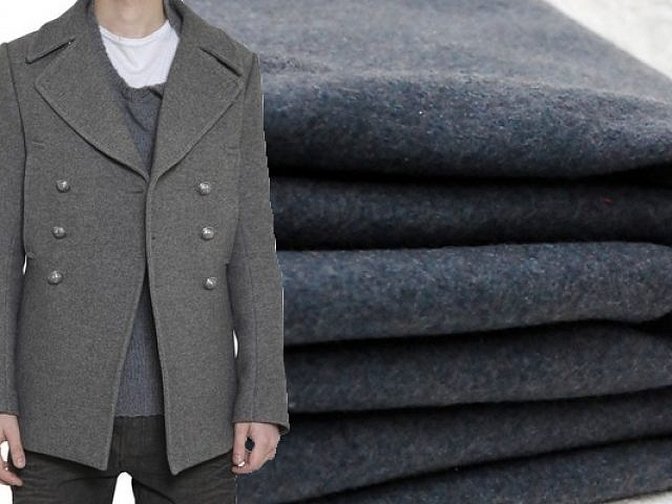
Woolen textiles are used to sew various items - from coats and suits to bed linen and thermal underwear. The range of fabrics is very wide:
- rep - dense suiting material;
- gabardine is a dense but lightweight coat and raincoat fabric;
- bouclé fabric is a dense suiting fabric with knots on the surface;
- Jersey is a type of knitted material used for dresses;
- velour - with pile, used for furniture upholstery, for sewing jackets and blazers, as well as for elegant holiday dresses;
- flannel - with one-sided pile, used for blankets;
- broadcloth is a very dense and heavy fabric for outerwear;
- flannel - soft, thin, with a fleece lining, used to make diapers, baby clothes and bed linen;
- tweed is a soft fabric for demi-season coats;
- tartan - a soft, thin material, the pattern is necessarily checkered, used for sewing men's shirts, women's dresses;
- drape - heavy, dense material for coats;
- cashmere is a dense material for coats, stoles, cardigans, pullovers, scarves, and is very expensive;
- Felt - made by felting, used for sewing shoes and children's toys.
Important information! The spice sumac is used to dye fabrics. The resulting colors range from green to brown and are resistant to water.
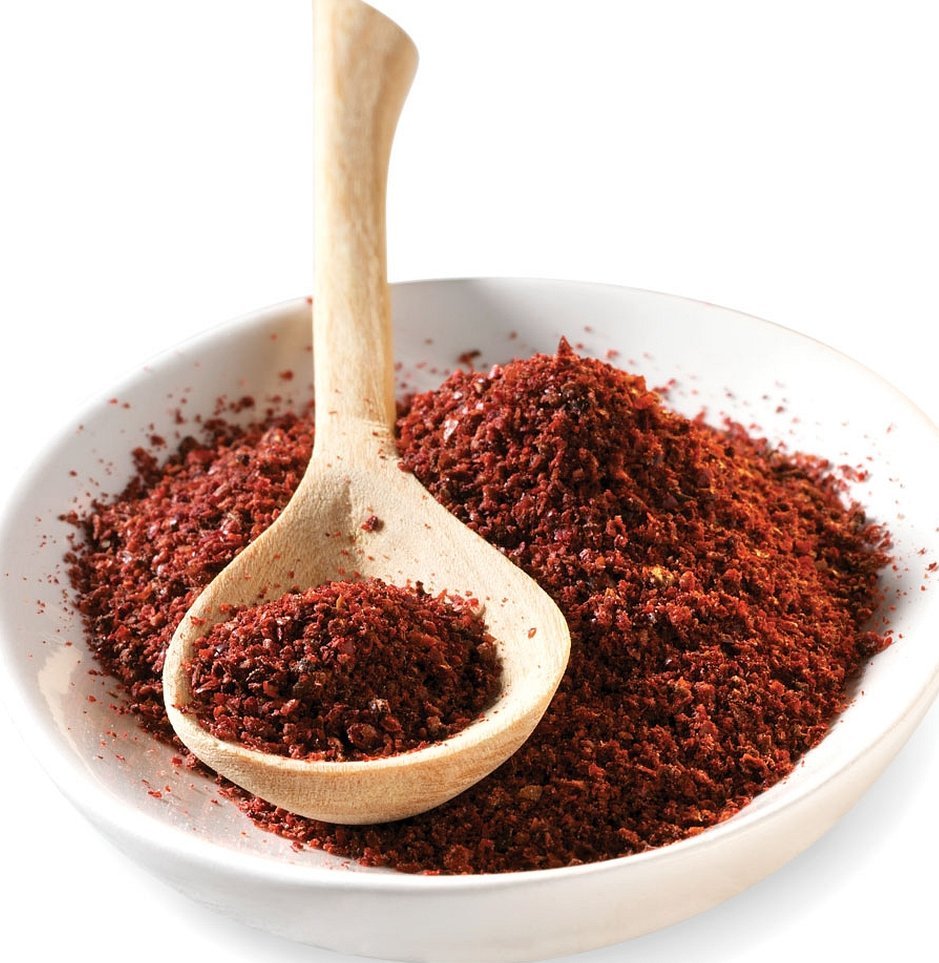
Types of Elite Wool
Cashmere is the most expensive of all woolen materials. The combed undercoat of the cashmere goat is used for the fabric. Cashmere threads are many times thinner than human hair, a delicate fabric, hypoallergenic.
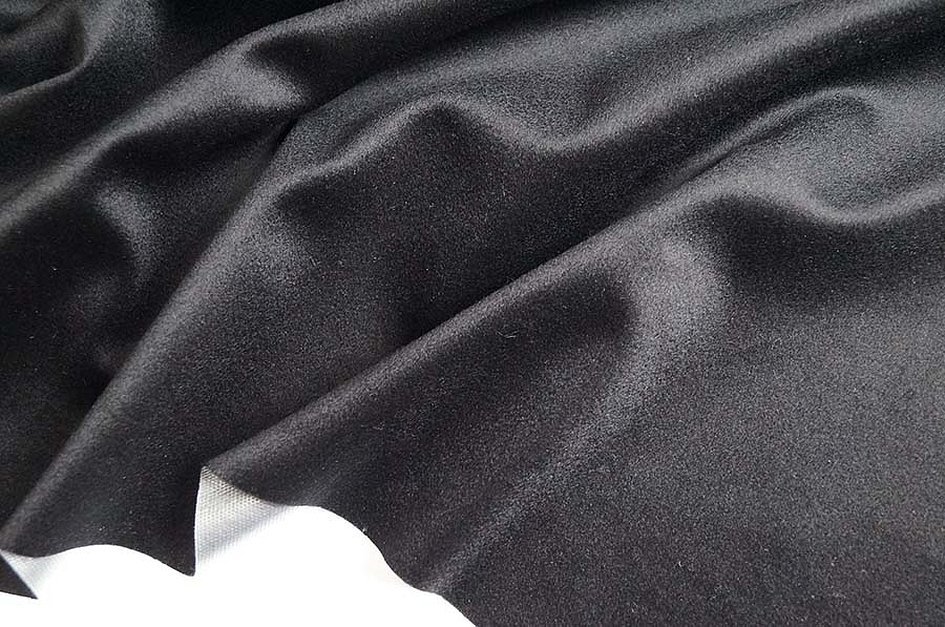
Alpaca is an exceptionally warm wool of a rare variety of llama, warmer than sheep's wool. To obtain wool, it is sheared once a year. The wool does not roll, does not felt and does not cause allergies.
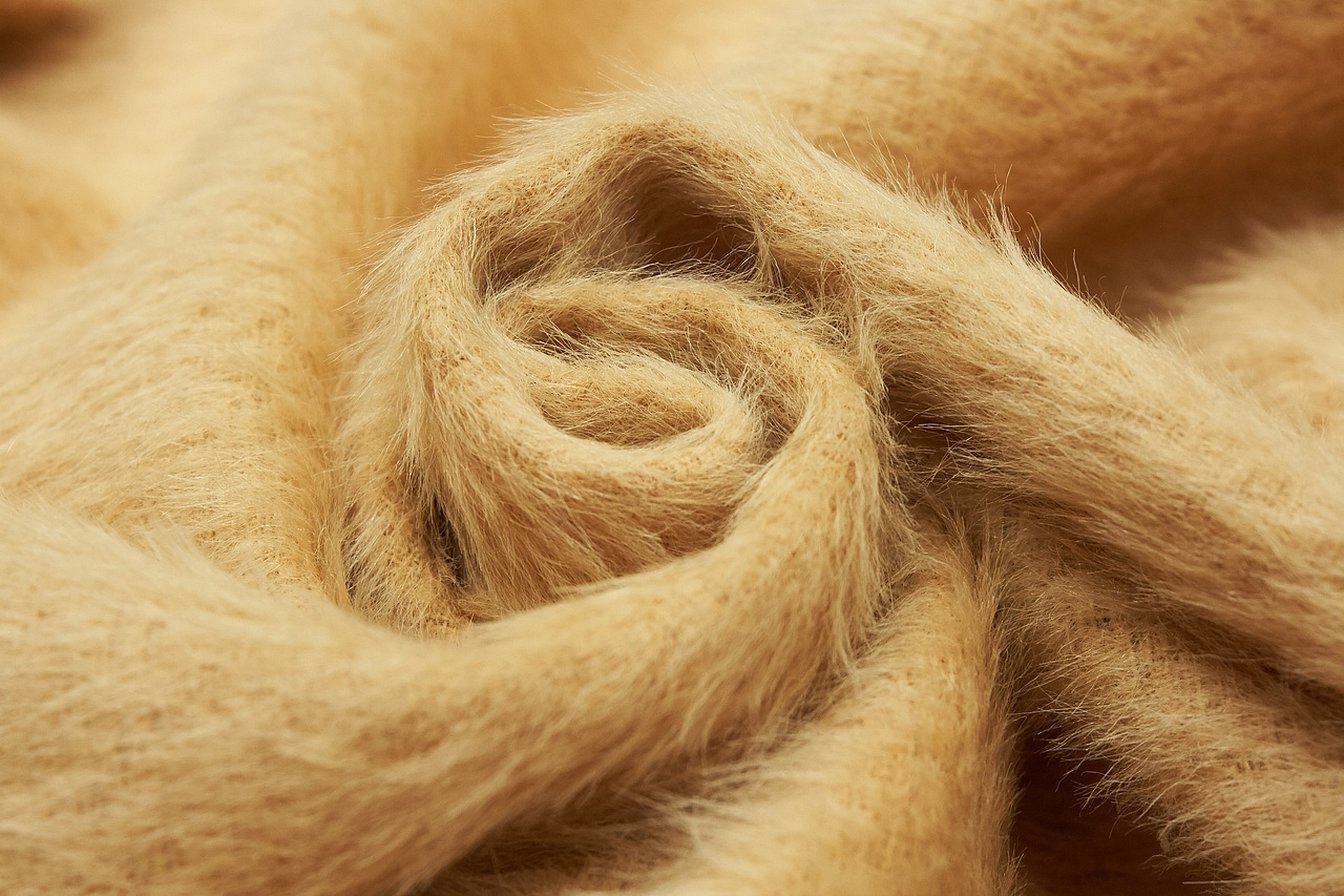
Angora is the fluff of Angora rabbits, quite short. Most often, Angora is used in mixed fabrics. The wool cannot be washed. Cleaning only in special dry cleaners.
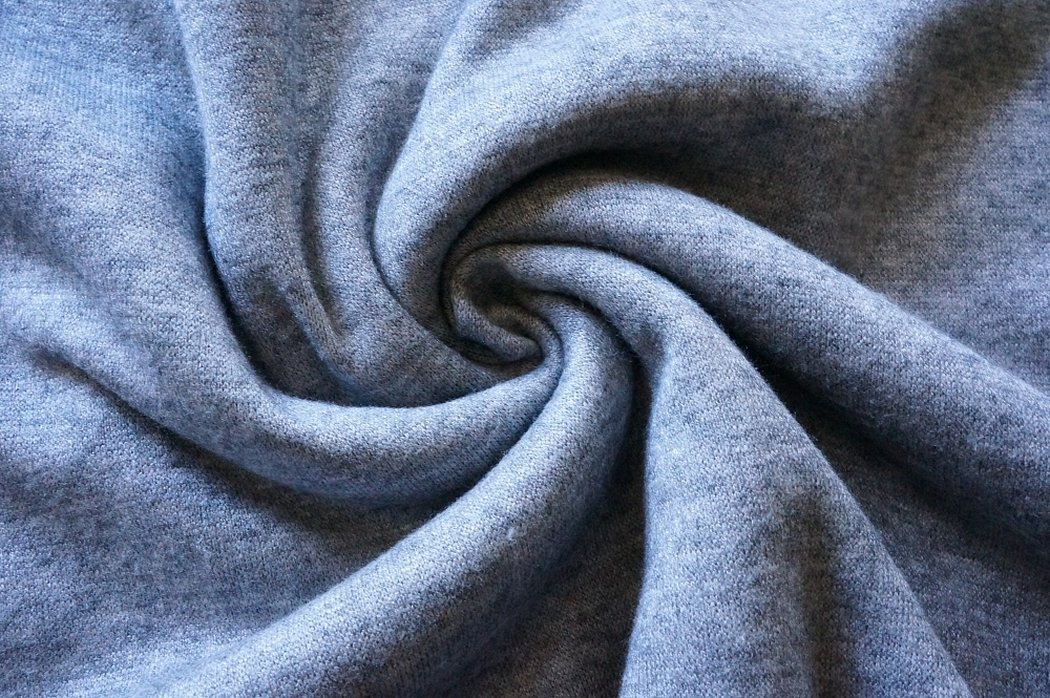
Merino is the wool from the withers of the Merino sheep. Very long and soft fiber. Most often mixed with cheaper raw materials.

Camel - downy undercoat of a camel, light and silky. It is not subject to dyeing, only natural colors. The dry heat of wool performs a useful function, it is used for medicinal purposes.

Mohair is the wool of Angora goats, which has a natural shine. An amazingly strong and silky fiber. It is easy to dye.
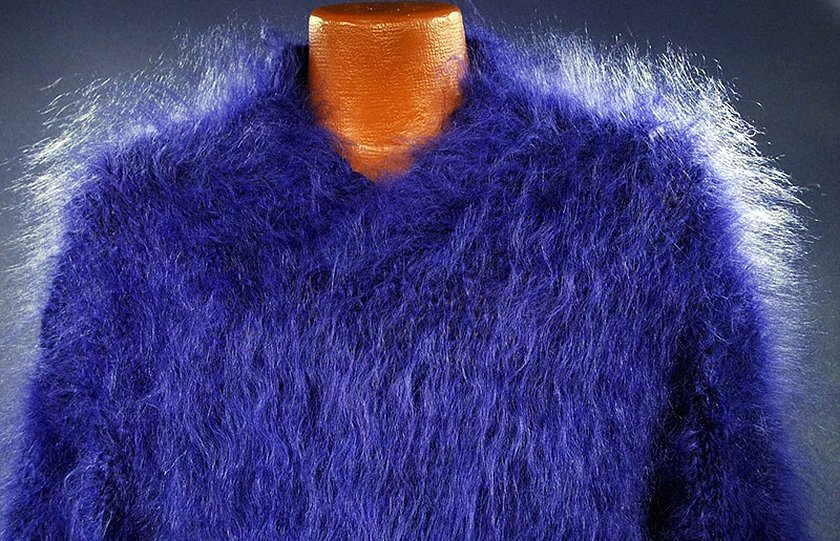
Llama - llama undercoat is used in the production of elite material. For each product, wool of a specific subspecies of llama is selected. Can be washed in cold water, completely immersed in water.

Important information! To make sure when choosing a material, whether it is wool or not, you can conduct a small test: set fire to several threads. Natural wool will quickly flare up, but will not burn immediately, slowly turning into ash. The burnt ball can be ground into powder.
Proper care
Woolen fabrics can be machine washed, but only if the following conditions are met:
- temperature no more than 30°C;
- delicate "manual" mode;
- zippers must be fastened;
- a special detergent marked "for wool";
- do not wring, dry on a flat surface;
- You can iron through a damp cloth or by setting the appropriate mode on the iron.
When wearing the sleeves for a long time, the cuffs are subject to frequent friction. They can become shiny. To get rid of the shine, the product must be steamed and rubbed with a hard brush.
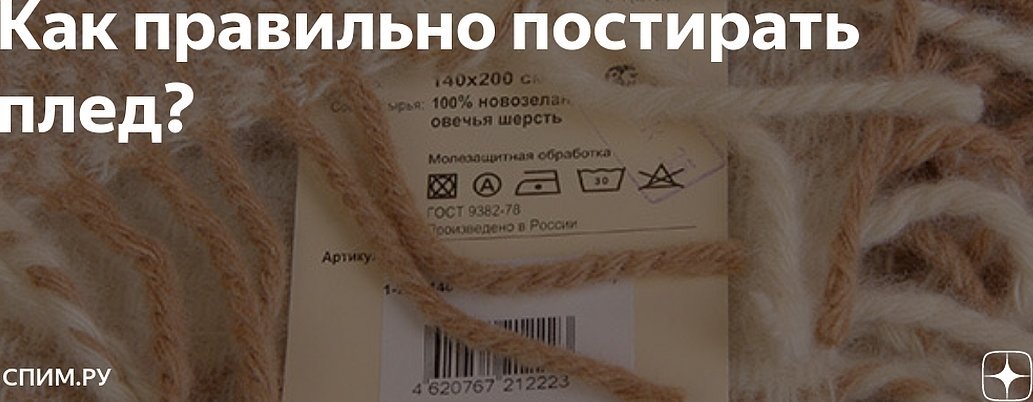
Important information! Woolen products absorb odors very well. The scent of your favorite perfume will linger on your wool coat. But those who like cigarette smoke should wear woolen items less often. The tobacco smell does not disappear for a very long time. Only dry cleaning can help deal with it.
Light industry is improving, keeping up with the times. New technologies are launched into production, new synthetic materials appear. But wool, as a truly natural material, will never go out of fashion.




